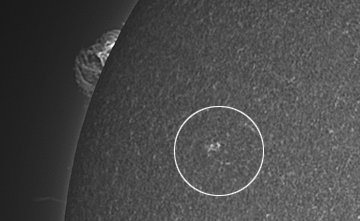
My birth happened two weeks after Explorer I was launched. I have been an advocate for space exploration and loved space since my earliest memories.
Fifty years ago today, missile pioneers here thrust the United States into a space race with the Soviet Union, launching America's first "man-made moon."
Ike Rigell and Terry Greenfield peered through tinted green bulletproof glass in a blockhouse at Launch Complex 26 as an Army rocket lit up night skies over the Atlantic coast.
Kelly Fiorentino stood in a Quonset hut on an island in the Bahamas, ready to transmit a second-stage ignition signal — a precisely-timed switch-flip critical to propelling the Explorer 1 satellite into orbit.
And on that frigid Friday night in Huntsville, Ala., Norm Perry and dozens of Army Ballistic Missile Agency workers shivered beneath loudspeakers in a downtown square.
A telltale beep-beep finally blared out about an hour and 45 minutes after launch, signaling mission success. The crowd erupted in cheers.
"We had no idea it was in orbit until it had completely gone around Earth," said Perry, 74, of Titusville. "As soon as it came across, the whole square heard (the beep). We heard it, and we went wild."
With good reason, too.
Four months earlier, on Oct. 4, 1957, the Soviet Union launched Sputnik, the world's first artificial satellite, a 184-pound sphere the size of a medicine ball.
Then less than a month later, on Nov. 3, the Soviets sent up a half-ton orbiter with a living, breathing creature, a dog named Laika.
The American public panicked. The back-to-back Sputniks created hysteria. Fearful people realized Soviet rockets were powerful enough to rain nuclear bombs on U.S. soil. Anytime. Anywhere.



